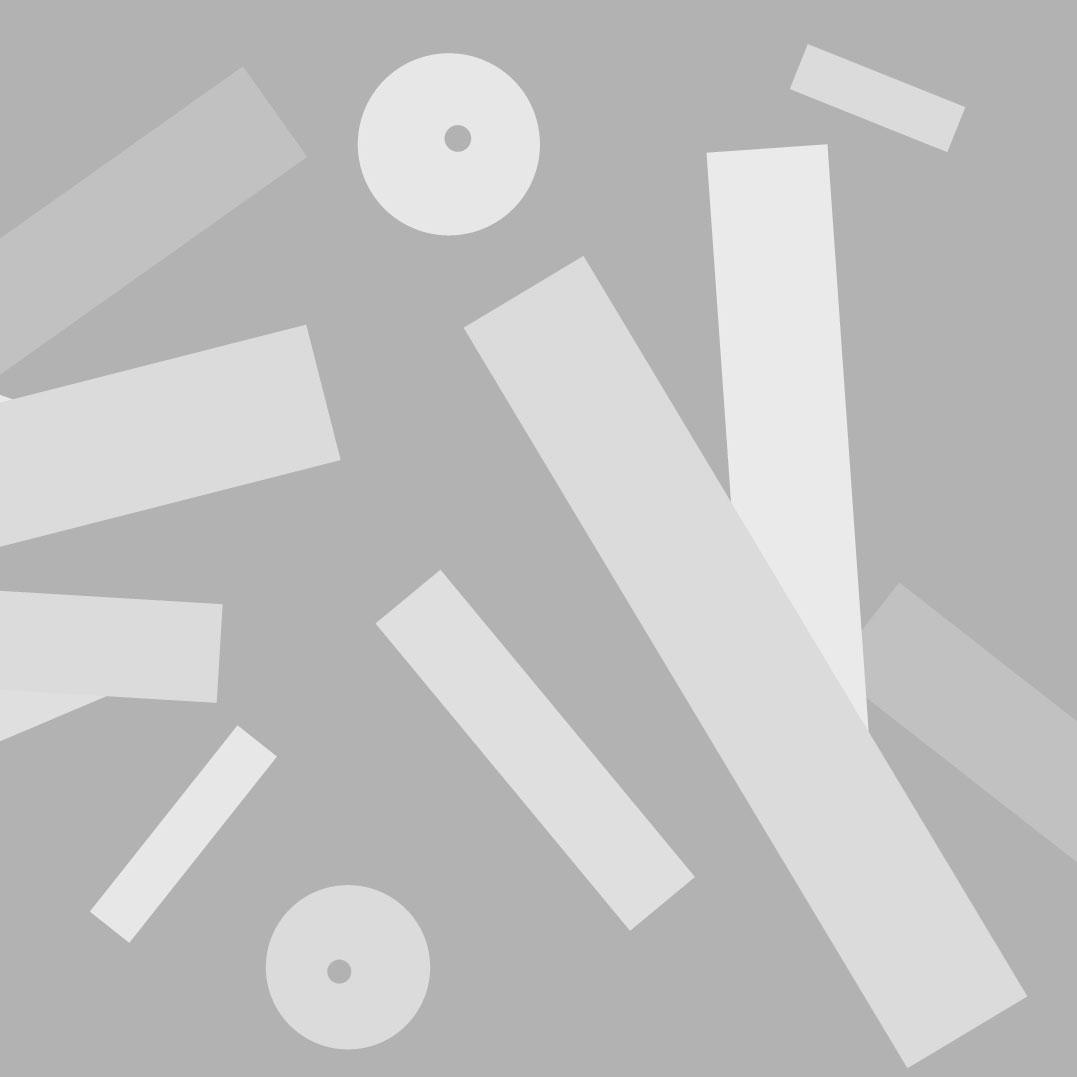In the name of tango, which the Oriente Occidente Festival has the great merit of having helped to release in Italy eight years ago with the show Tanguéros, Catherine Berbessou returns to Rovereto. With her Company she continues to deepen, in a careful research work, the contamination between tango and contemporary dance through the evolution and recovery of the couple dance. After a period of training with Françoise and Dominique Dupuy, Berbessou worked as an interpreter in the L’Esquisse Company of Joëlle Bouvier and Régis Obadia, guests of the last edition of the Festival, and with the group of Claude Brumachon, an incisive presence this year. In 1990 she felt the need to found her own Company, called Quart’zarts, while in 1993 she became passionate about Argentine tango which she had the opportunity to practice in Buenos Aires with teachers such as Pupi Castello, Graziella Gonzalez and Gustavo Naveira. Back in France in 1996, she began production work on tango with her Company. Since 1998, the group has been based at the Théâtre de Gémeaux in Sceaux, which led to the making of a film in 1999, in collaboration with Sébastien Jaudeau. After A Fuego Lento, the 1996 show on the carnal dramaturgy of the body in which the partners in a tango performance leave and take each other back, clash and move away, Berbessou returns to the Oriente Occidente Festival with Valser, her creation from last year. And if in the previous show, an intense relationship between the body and its desire transpired in the couple’s encounter, in this latest performance this desire is transformed into repulsion, sometimes even brutal. Quoting Jorge Luis Borges, one of the most representative figures of Argentine culture, Berbessou reports one of her thoughts from which she started to create Valser: “Talking about aggressive tango is not enough: I would dare to say that tango and milonga directly express something that poets have often tried to say with words: the conviction that combat can be a celebration”. The “valser” is a type of tango whose tempo is like that of the “waltz” and this is present in the show in the form of whirling turns of the bodies and rotations of the legs, even though it has nothing to do with the Viennese dance. The stage, like a sort of arena or ring, is covered with earth that is raised by the dancers through their shuffling steps, creating a suggestive cloud of dust. In a strong dramatic tension the movements of the tango are assembled and transformed into a seductive contemporary dance, characterized by the meeting and clash of different subjects. Tango becomes a fight, a violence, alternating with moments of complicity and affection. In Valser there is therefore a game on ambivalence: tears, escapes and frenetic dressing, but also kisses and hugs with the aim of "establishing order starting from chaos without betraying chaos".
